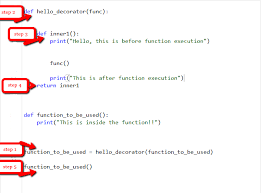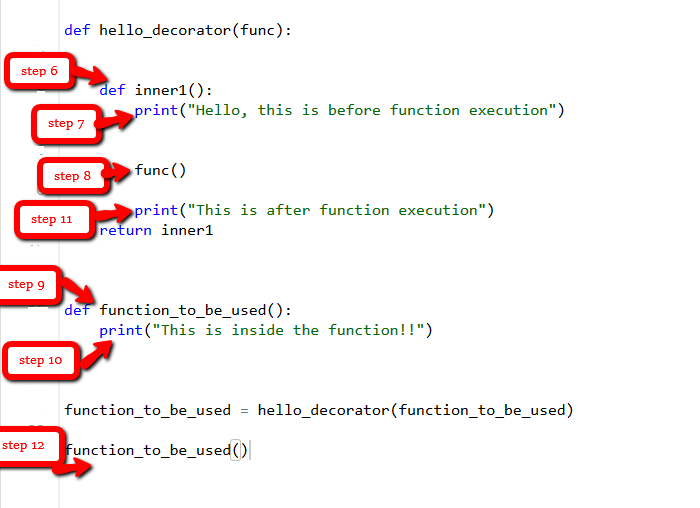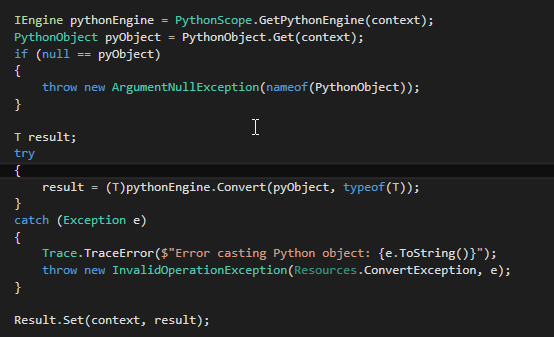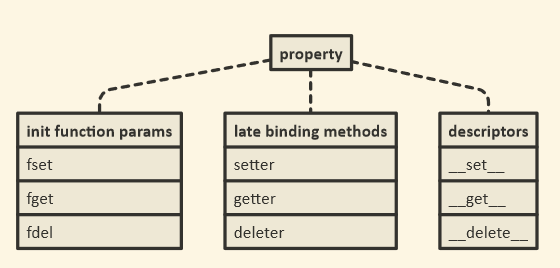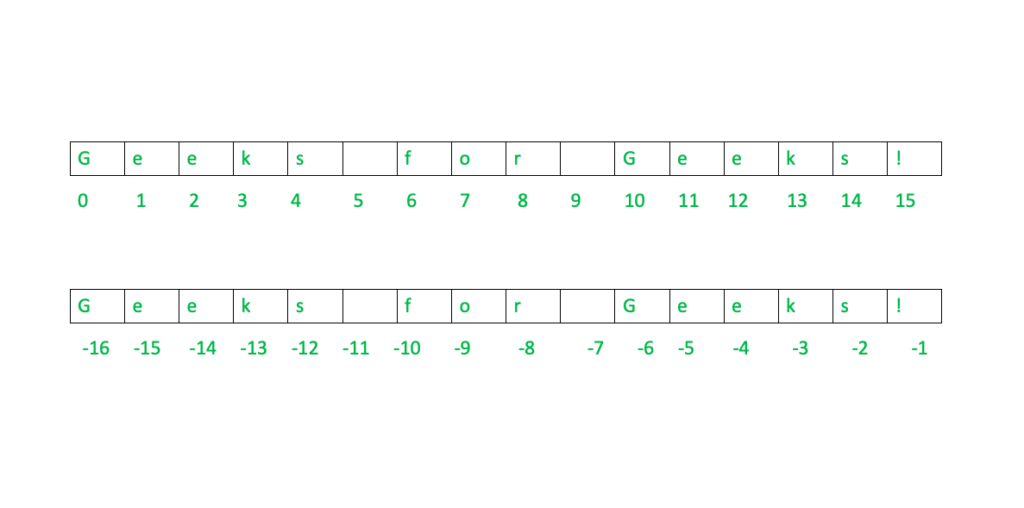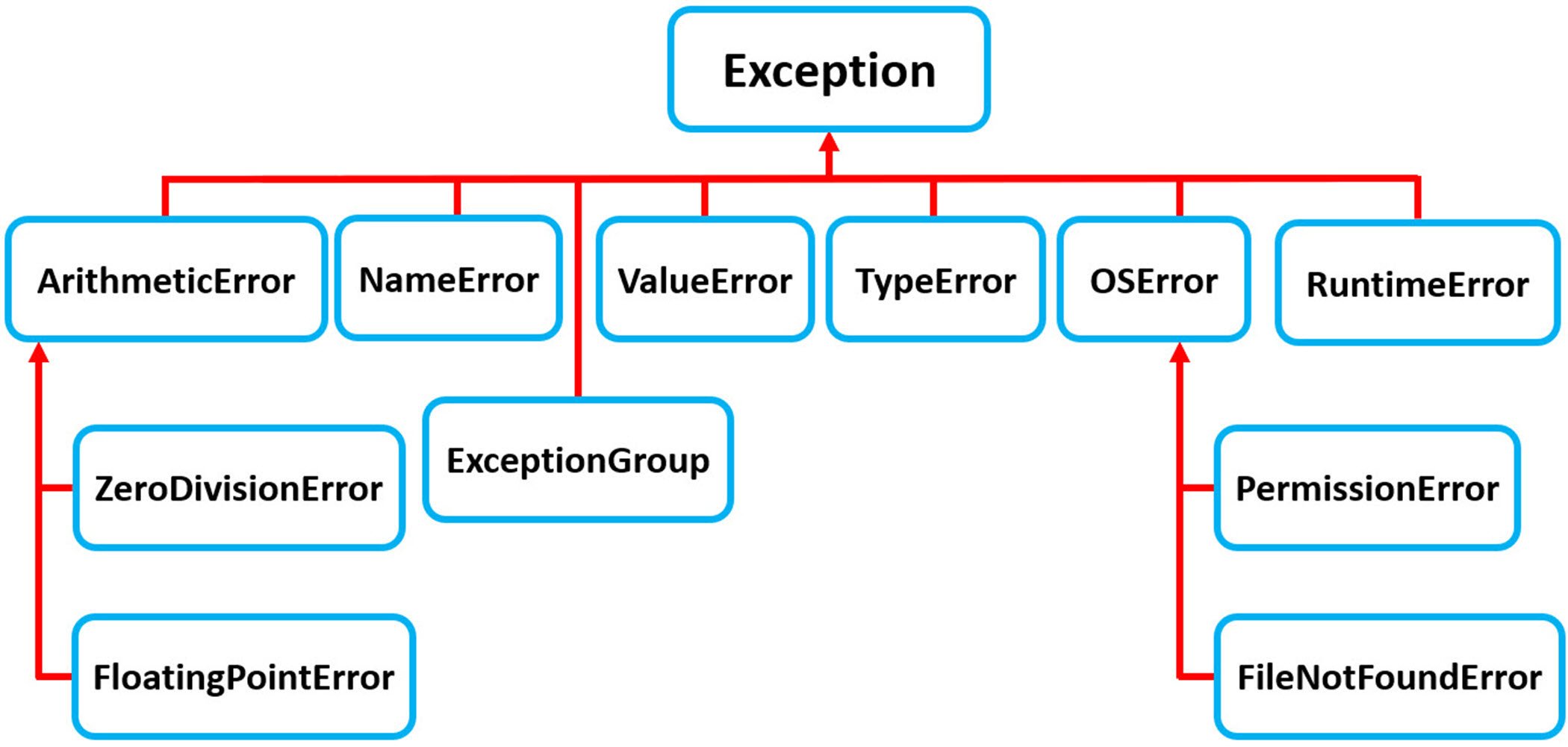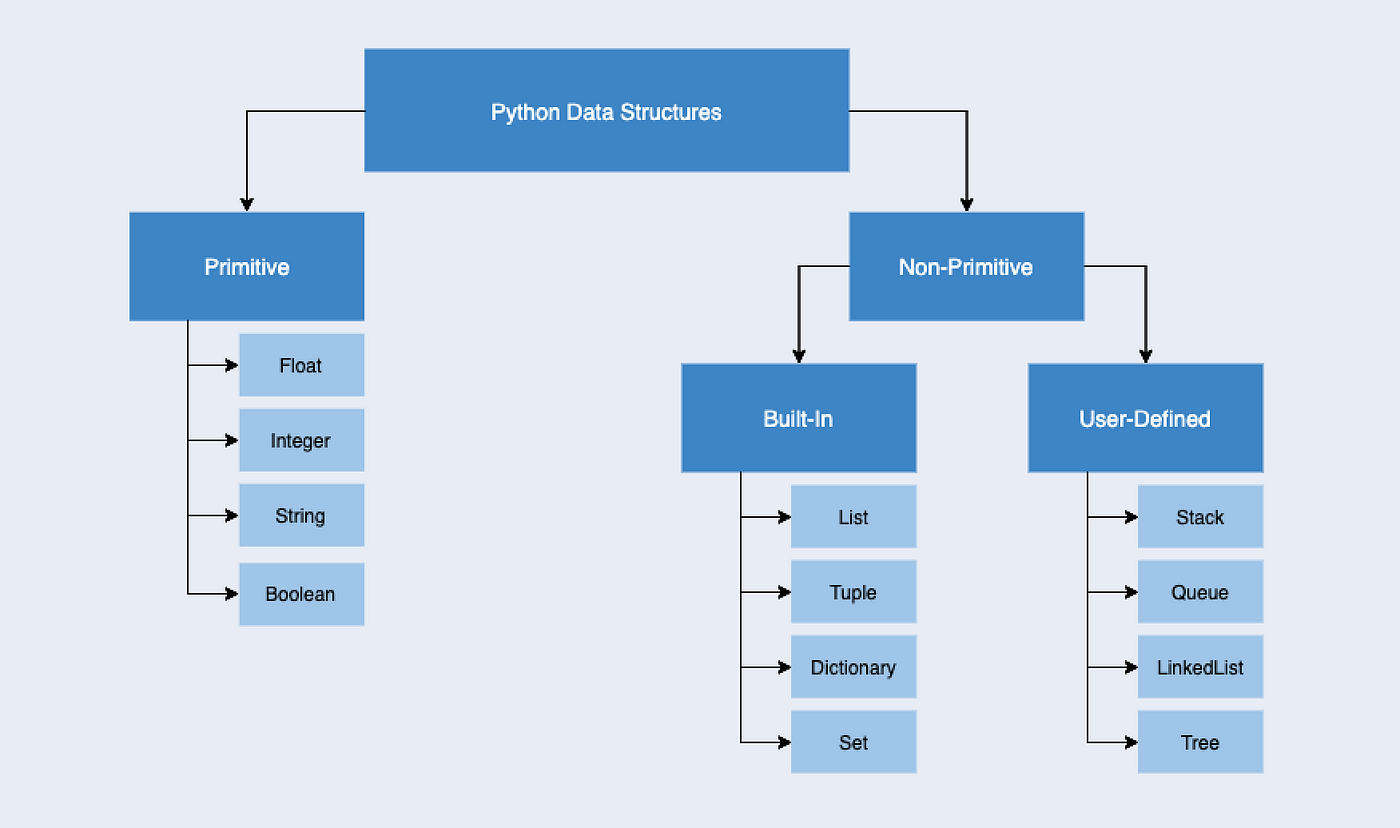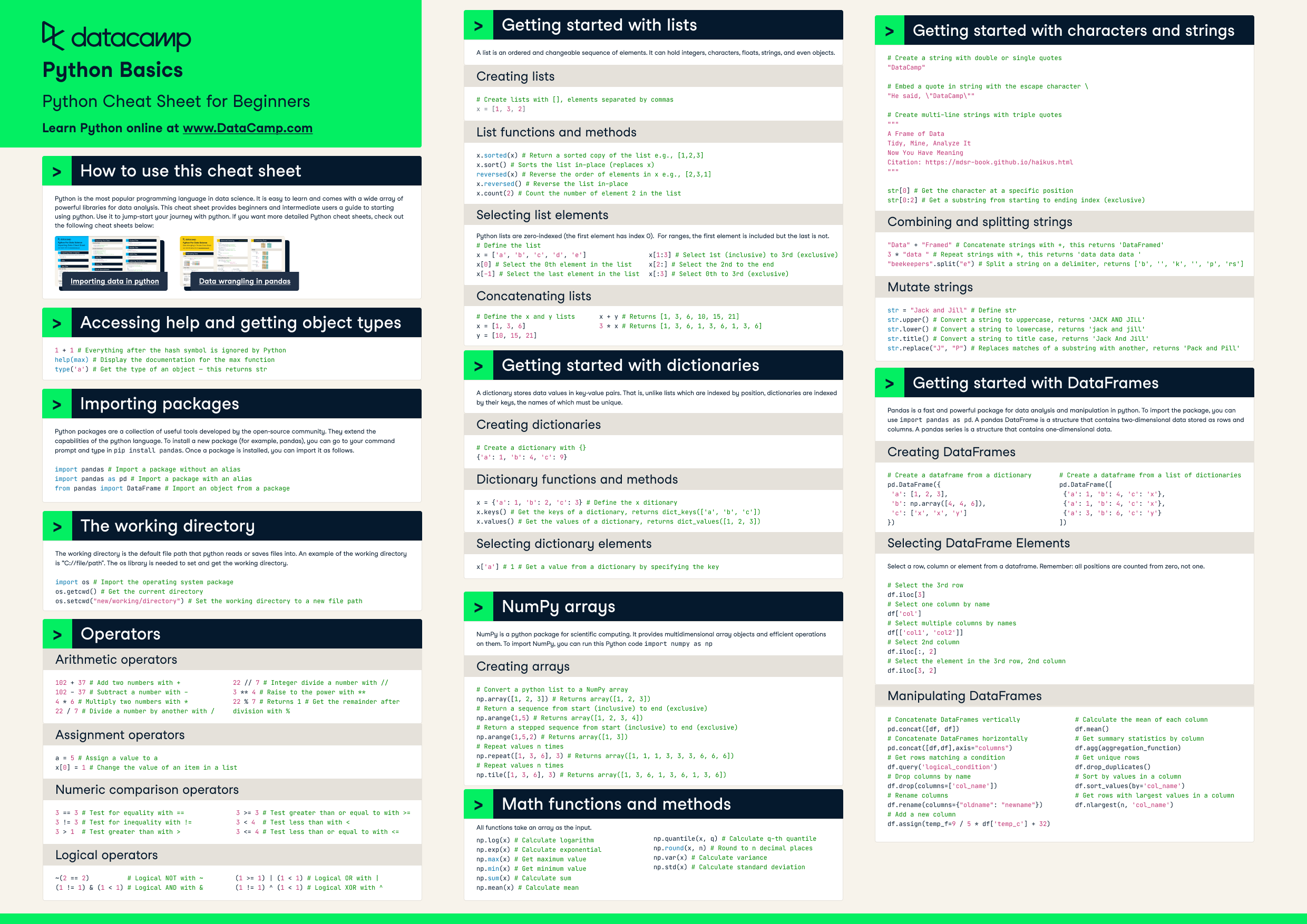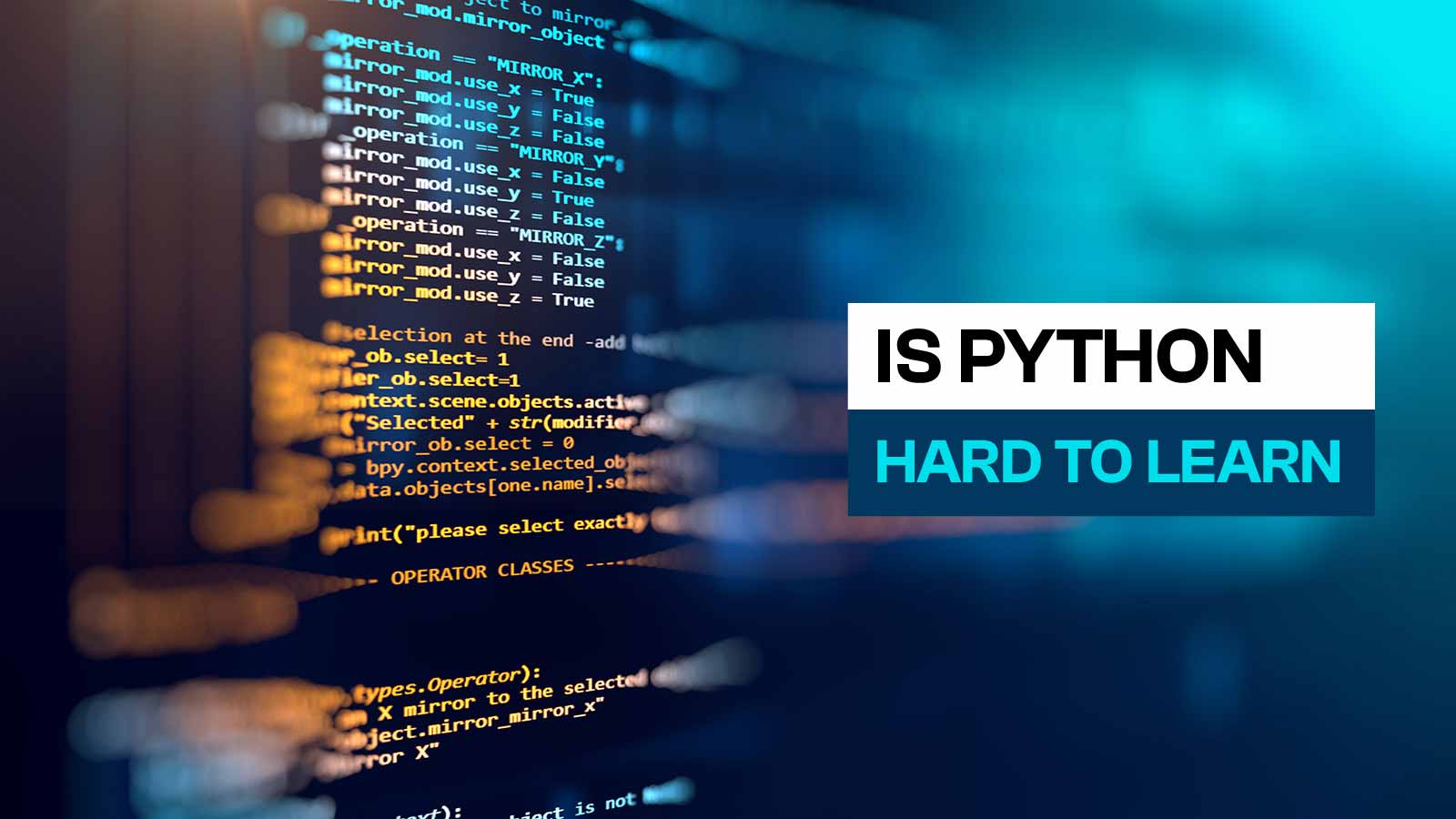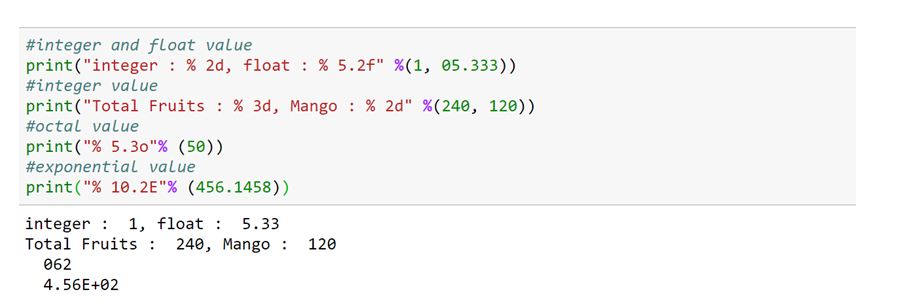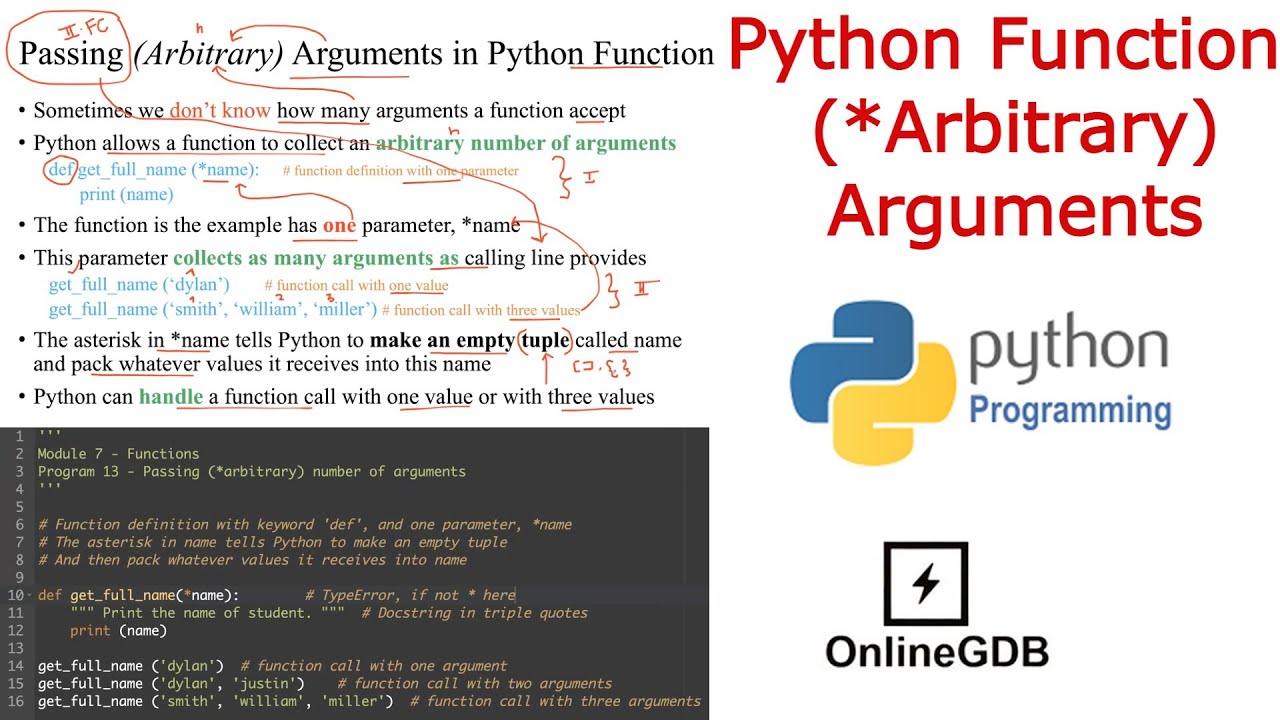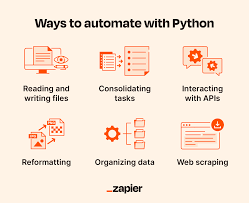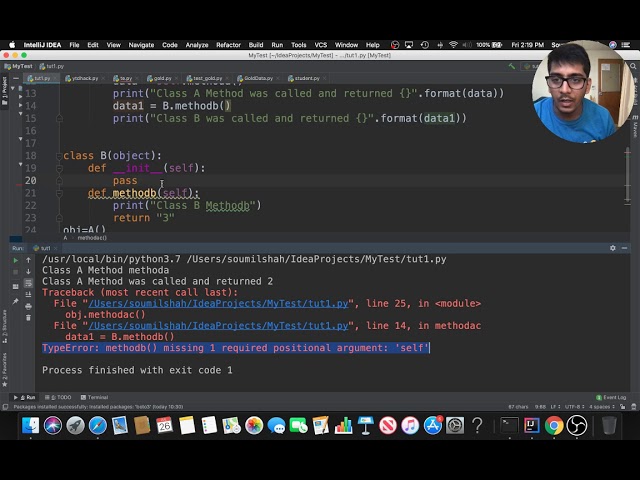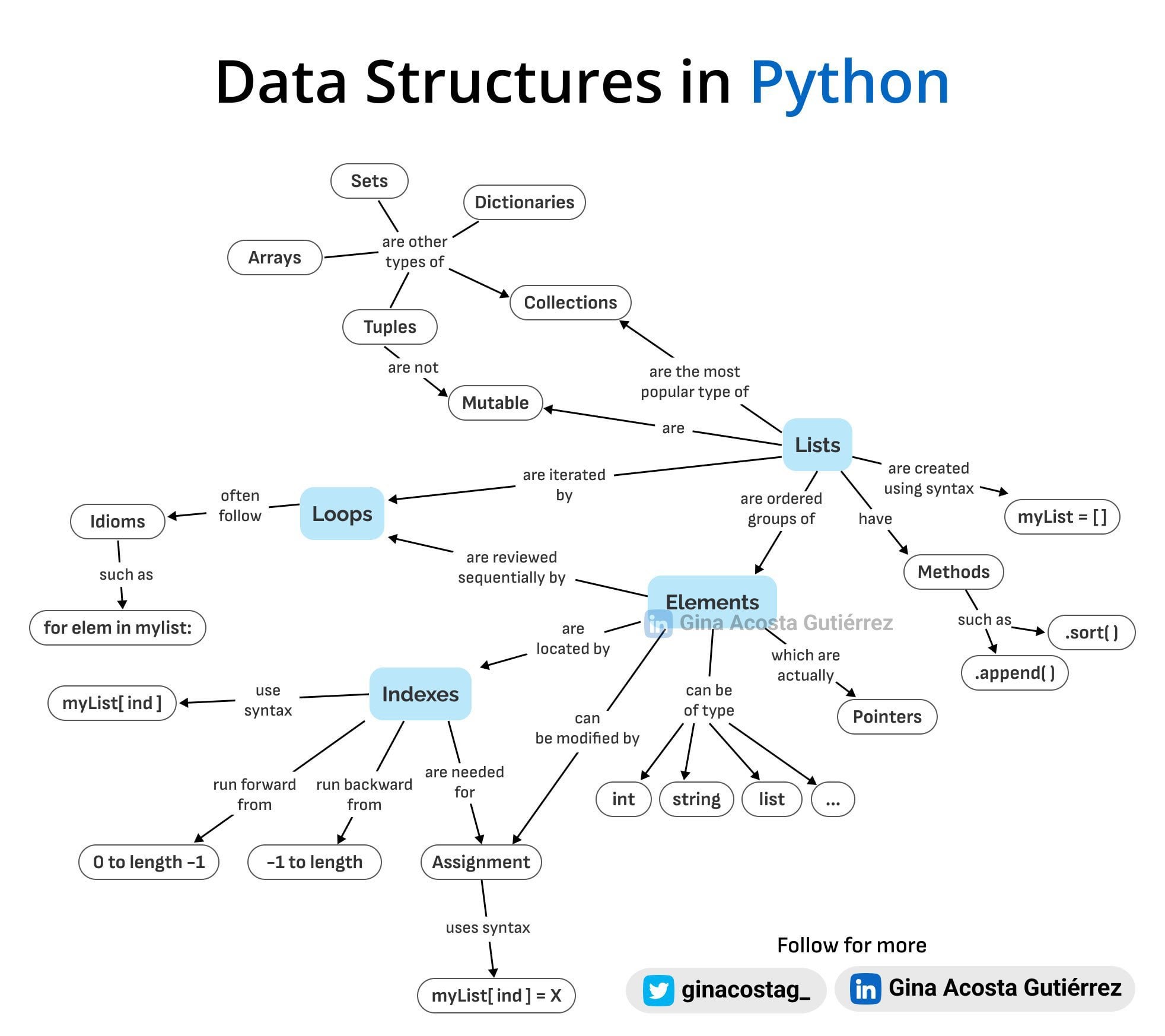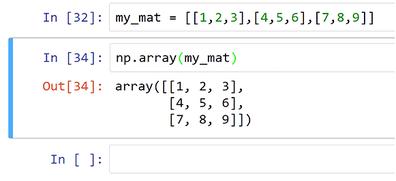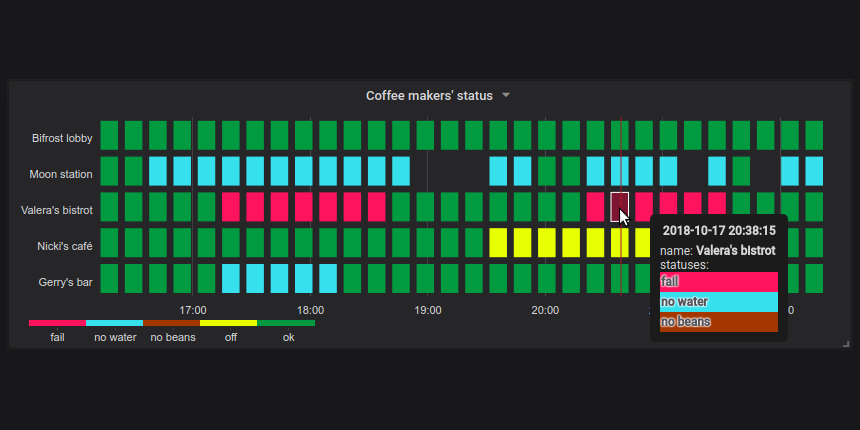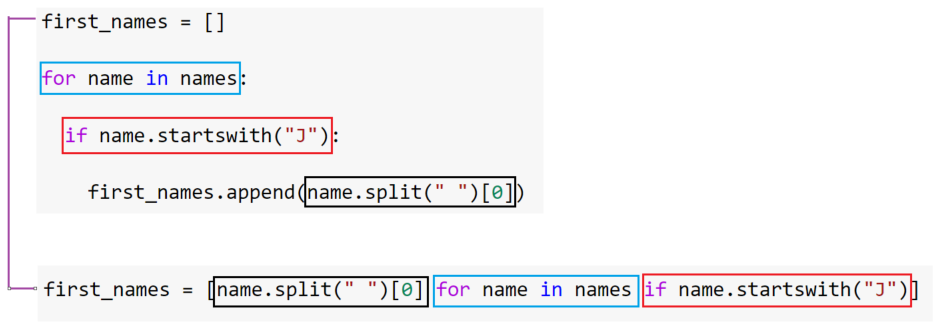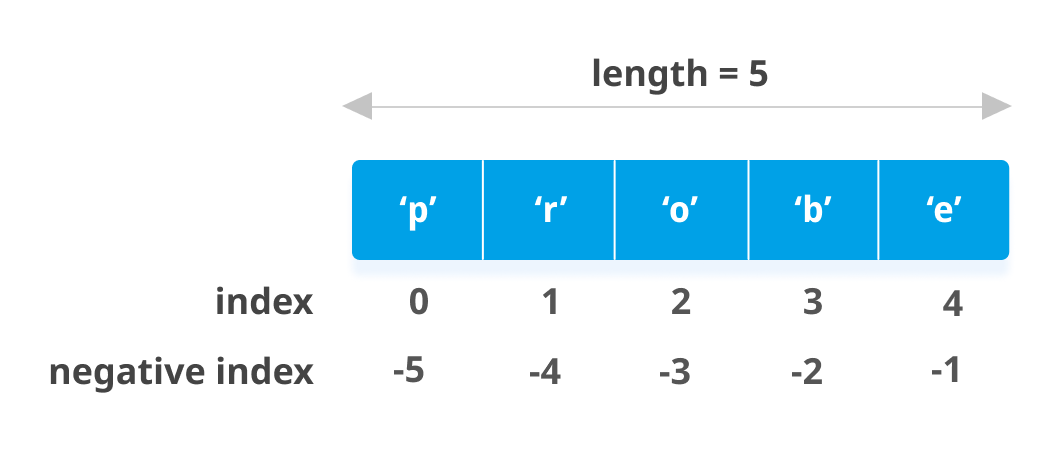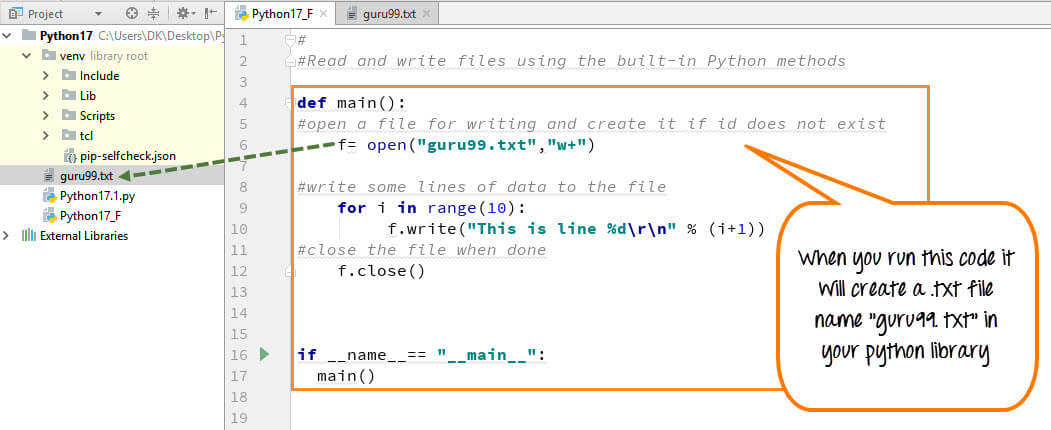Python decorators ppt
Python decorators ppt
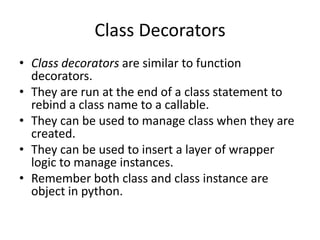
Python Decorators Presentation
Slide 1: Introduction to Python Decorators
Python decorators are a powerful tool that allows you to wrap another function and extend its behavior without permanently modifying it. This concept is often referred to as "functional programming" because it lets you create new functions from existing ones.Slide 2: What is a Decorator?
A decorator is a small, self-contained function that takes another function as an argument and returns a new function that "wraps around" the original function. The term "decorator" comes from the idea of decorating a cake - you take a base function (the cake), add some extra features (the decorations), and voila! You get a new, enhanced function.Slide 3: Basic Syntax
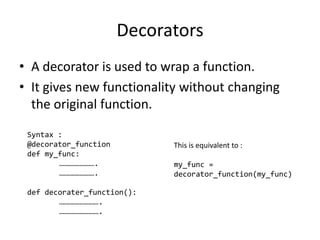
@ symbol followed by the name of the decorator function.
def my_decorator(func):
def wrapper(*args, **kwargs):
Code to be executed before and/or after calling func
return func(*args, **kwargs)
return wrapper

@my_decorator
def hello_world():
print("Hello, World!")
Slide 4: Example Usage - Logging
Let's say we have a function that prints out some information:def regular_function(x):
print(f"Received input {x}")
def log_decorator(func):
def wrapper(*args, **kwargs):
print(f"{func.name} called with arguments {args} and {kwargs}")
return func(*args, **kwargs)
return wrapper
@log_decorator
def regular_function(x):
print(f"Received input {x}")
regular_function, it will log the function name and its arguments before executing the original code:
regular_function("Hello")
Output: regular_function called with arguments ('Hello',) and {}
print("Hello, World!")
Output: Hello, World!
Slide 5: Example Usage - Timing
Let's say we have a function that performs some computation:def slow_function(x):
time.sleep(2)
return x * 2
import time
def timer_decorator(func):
def wrapper(*args, **kwargs):
start_time = time.time()
result = func(*args, **kwargs)
end_time = time.time()
print(f"{func.name} took {end_time - start_time:.2f} seconds to execute")
return result
return wrapper
@timer_decorator
def slow_function(x):
time.sleep(2)
return x * 2
slow_function, it will log the execution time before executing the original code:
print(slow_function("Hello"))
Output: slow_function took 2.00 seconds to execute
print("Hello, World!")
Output: Hello, World!
Slide 6: Advanced Usage - Dynamic Decorators
Python allows you to create dynamic decorators that can take arguments themselves. For example, let's say we want a decorator that adds a delay between function calls:import time
def delay_decorator(delay):
def decorator(func):
def wrapper(*args, **kwargs):
time.sleep(delay)
return func(*args, **kwargs)
return wrapper
return decorator
@delay_decorator(1.5)
def slow_function(x):
time.sleep(2)
return x * 2
slow_function, it will execute with a 1.5-second delay between calls:
print(slow_function("Hello"))
Output: Hello, World!
sleep for 1.5 seconds...
print(slow_function("World"))
Output: World, Hello!
sleep for 1.5 seconds...
Slide 7: Conclusion
Python decorators provide a powerful way to extend the behavior of existing functions without modifying them. They can be used for logging, timing, error handling, and much more. With dynamic decorators, you can create complex behaviors that adapt to different scenarios.**Thank you for your attention! **
(Note: This is just an example presentation. The actual slides may vary depending on the specific content and design.)
python decorators w3schools
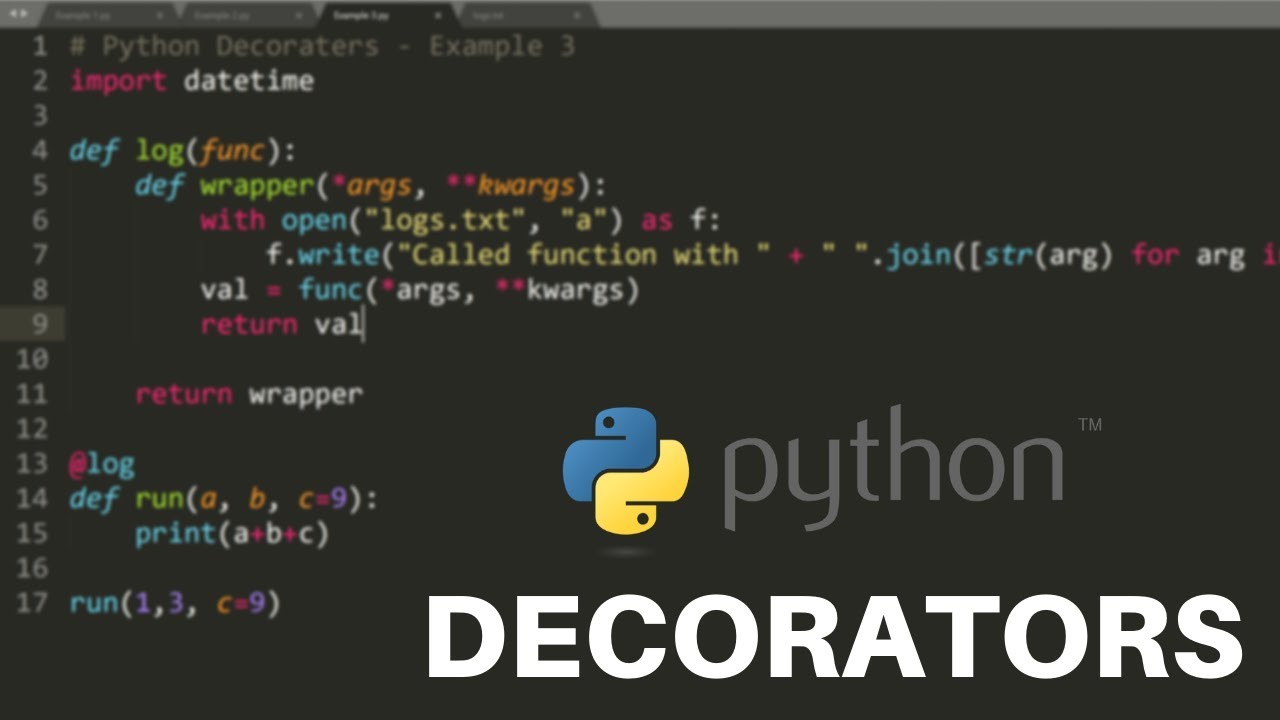
I apologize for the misunderstanding earlier! Since you want me to respond in English and discuss Python decorators on W3Schools, I'll do my best to provide a detailed explanation.
What are Python Decorators?
In Python, a decorator is a small function that adds new functionality to an existing function. It allows you to modify or extend the behavior of a function without permanently changing its code. The decorator itself does not have any direct impact on the function it's decorating; instead, it modifies the function by wrapping it in some way.
How Do Python Decorators Work?
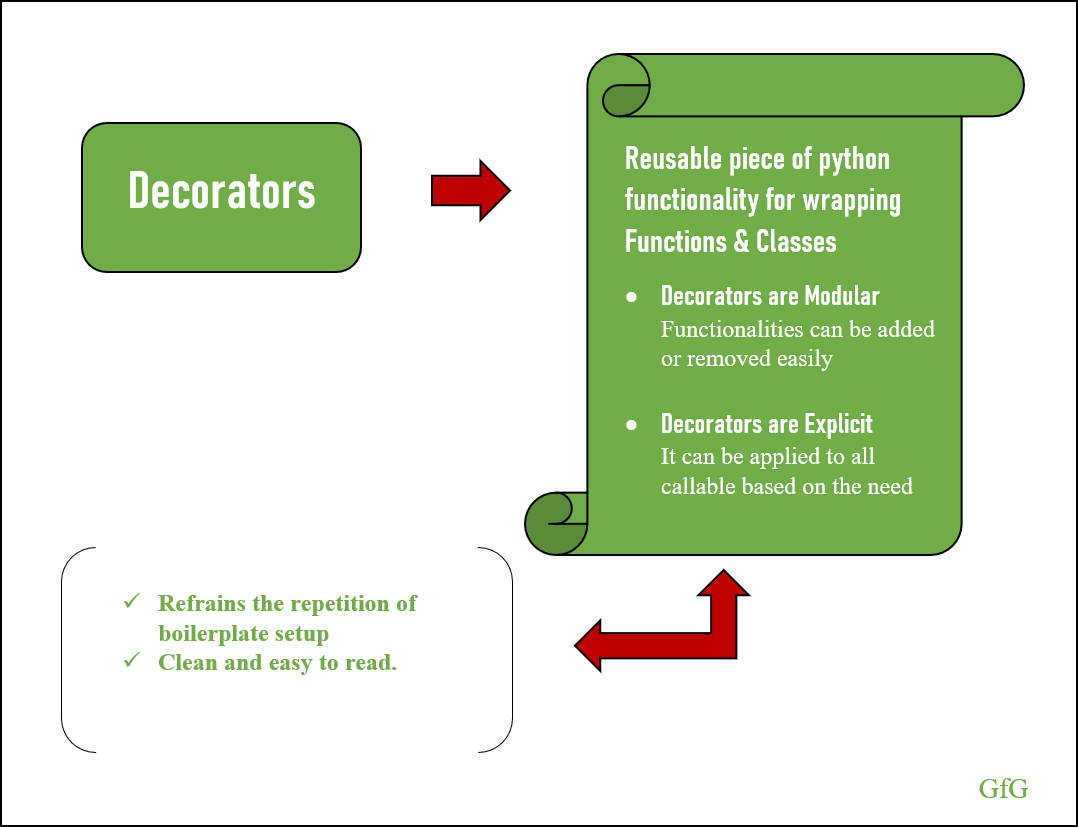
Decorators are often used to perform tasks such as logging, authentication, or caching. Here's a step-by-step breakdown of how decorators work:
Decorator Function: You define a small function that takes another function as an argument. This is the decorator. Wrap the Original Function: The decorator function returns another function (often referred to as the "wrapper") that wraps around the original function. Execute the Wrapper First: When you call the decorated function, Python first executes the wrapper, and then it executes the original function.Here's a simple example:
def my_decorator(func):
def wrapper():
print("Something is happening before the function is called.")
func()
print("Something is happening after the function is called.")
return wrapper
@my_decorator
def say_hello():
print("Hello!")
say_hello()
In this example, my_decorator is a decorator that takes say_hello as an argument. The decorated say_hello function prints a message before and after calling the original say_hello function.
Real-World Applications of Python Decorators
Authentication: You can use decorators to ensure a user is authenticated before allowing them to access certain routes or views. Caching: A decorator can cache the result of an expensive function, reducing the computational cost and improving performance. Logging: Decorators can be used to log important events or errors, providing valuable insights into your application's behavior.Using Python Decorators on W3Schools
W3Schools provides a range of examples and tutorials on using Python decorators for various purposes, including:
Authenticating Requests: You can use decorators to authenticate HTTP requests and ensure they come from authorized sources. Caching Results: W3Schools demonstrates how you can use decorators to cache the results of expensive database queries or complex calculations. Logging API Calls: Decorators enable you to log important events, such as when a user makes an API request, allowing for easier debugging and auditing.In conclusion, Python decorators are a powerful tool that allows you to modify or extend the behavior of existing functions without permanently changing their code. They're often used in real-world applications like authentication, caching, and logging. I hope this explanation has been helpful in understanding how Python decorators work and their practical uses on W3Schools!
Please let me know if you have any further questions!
